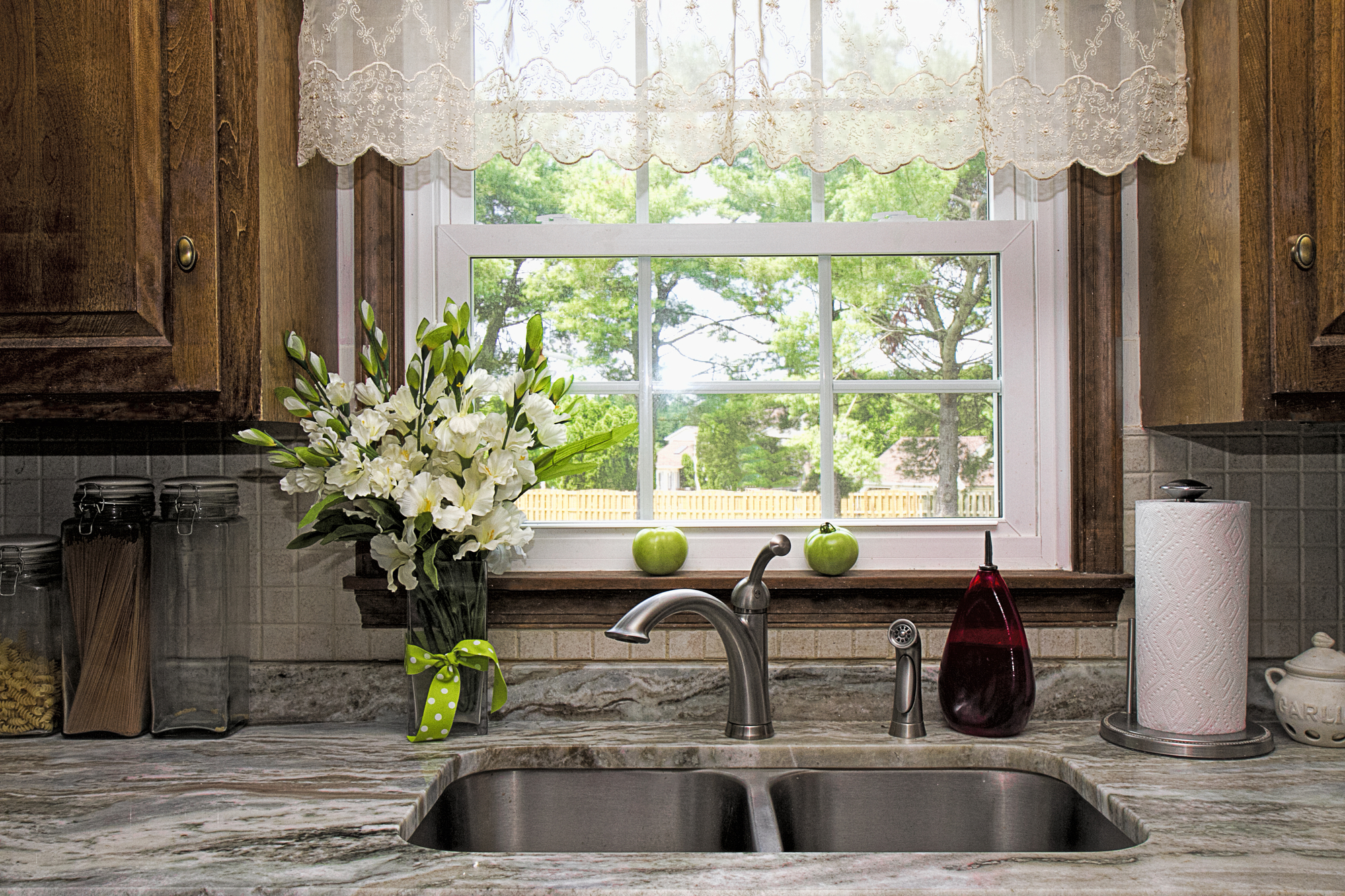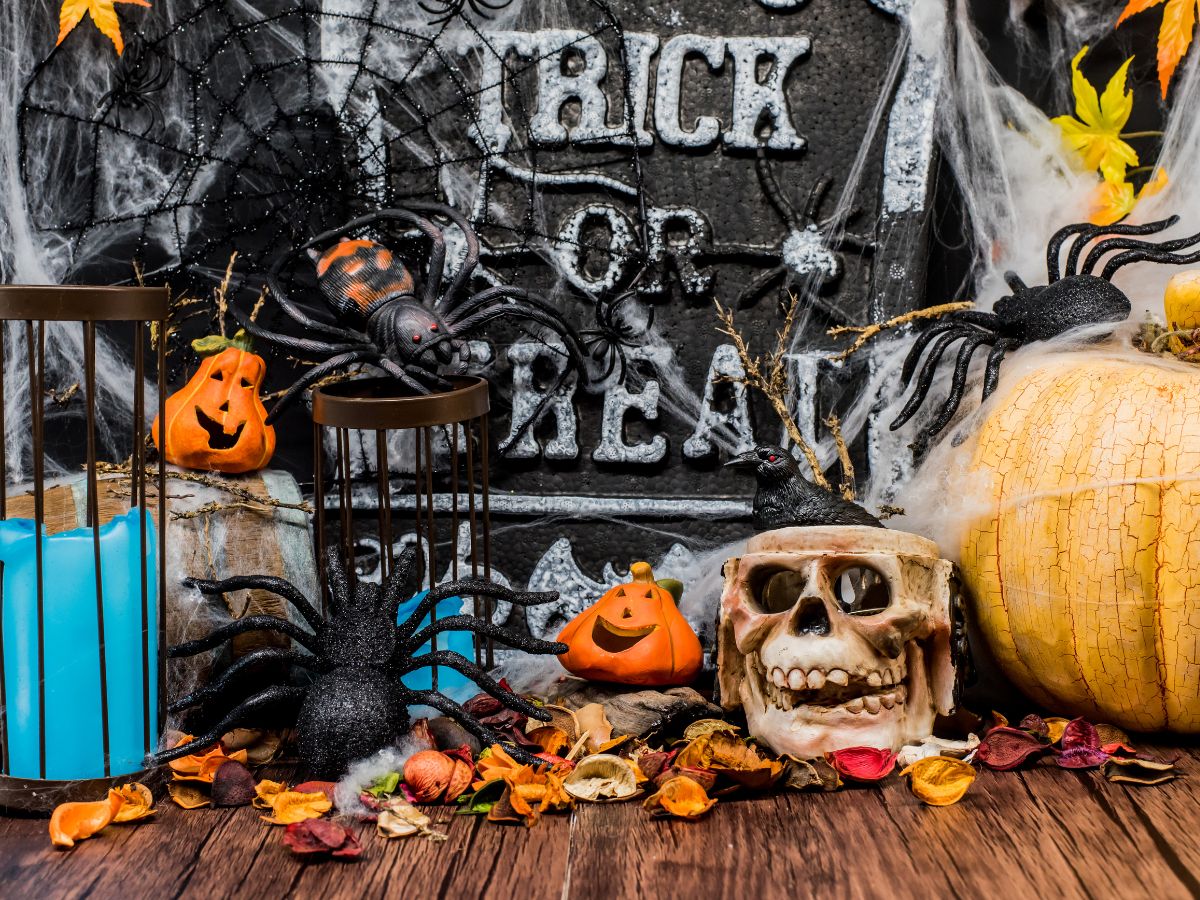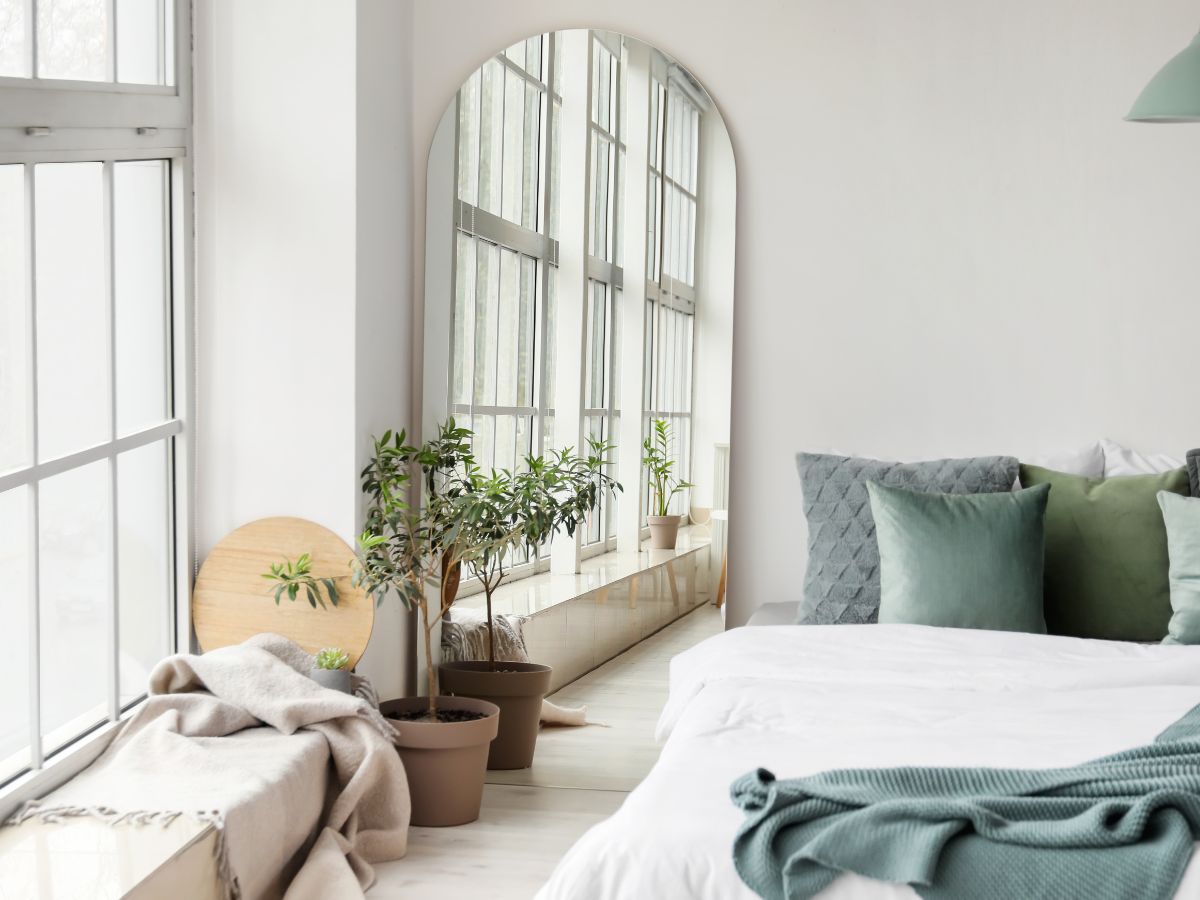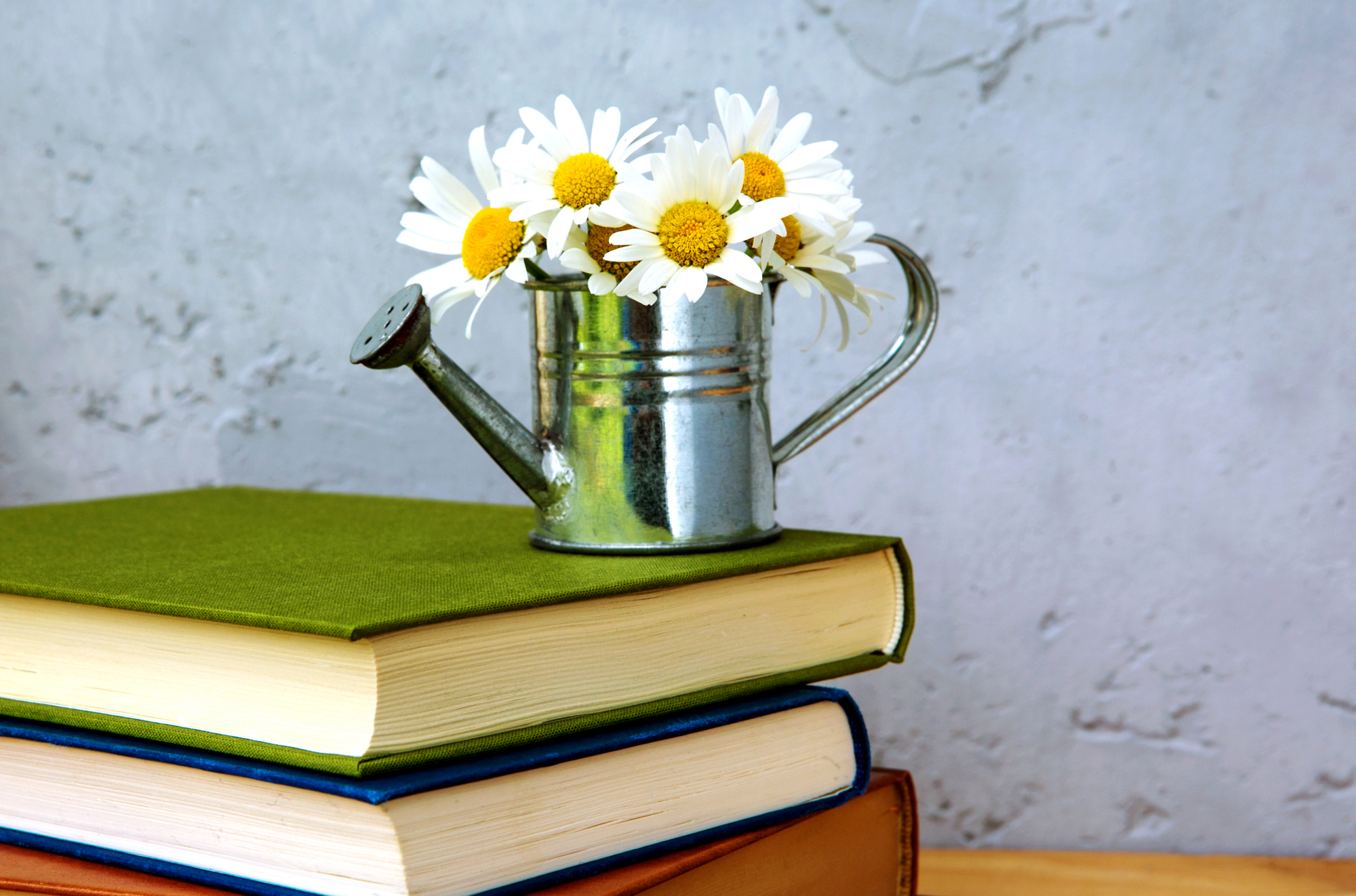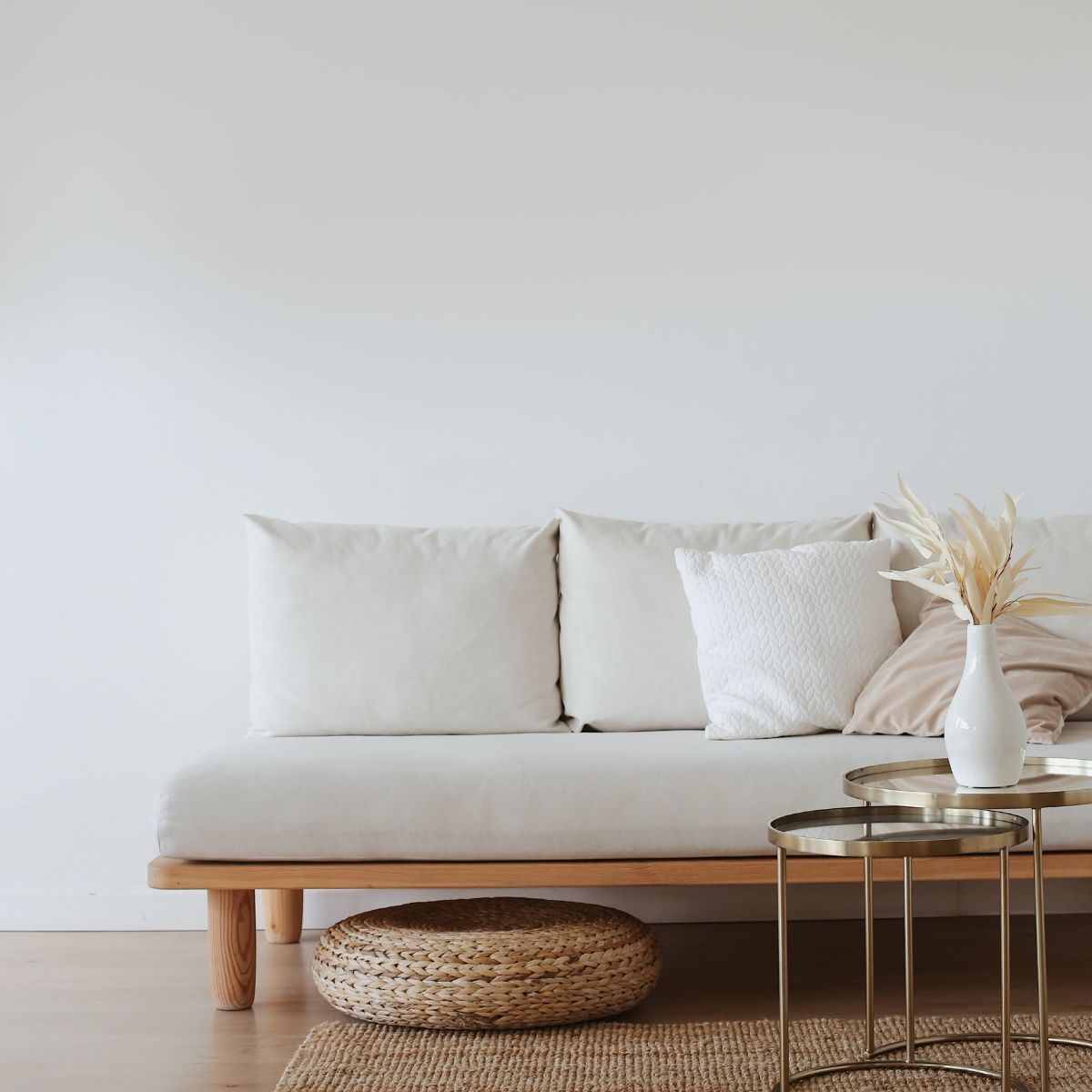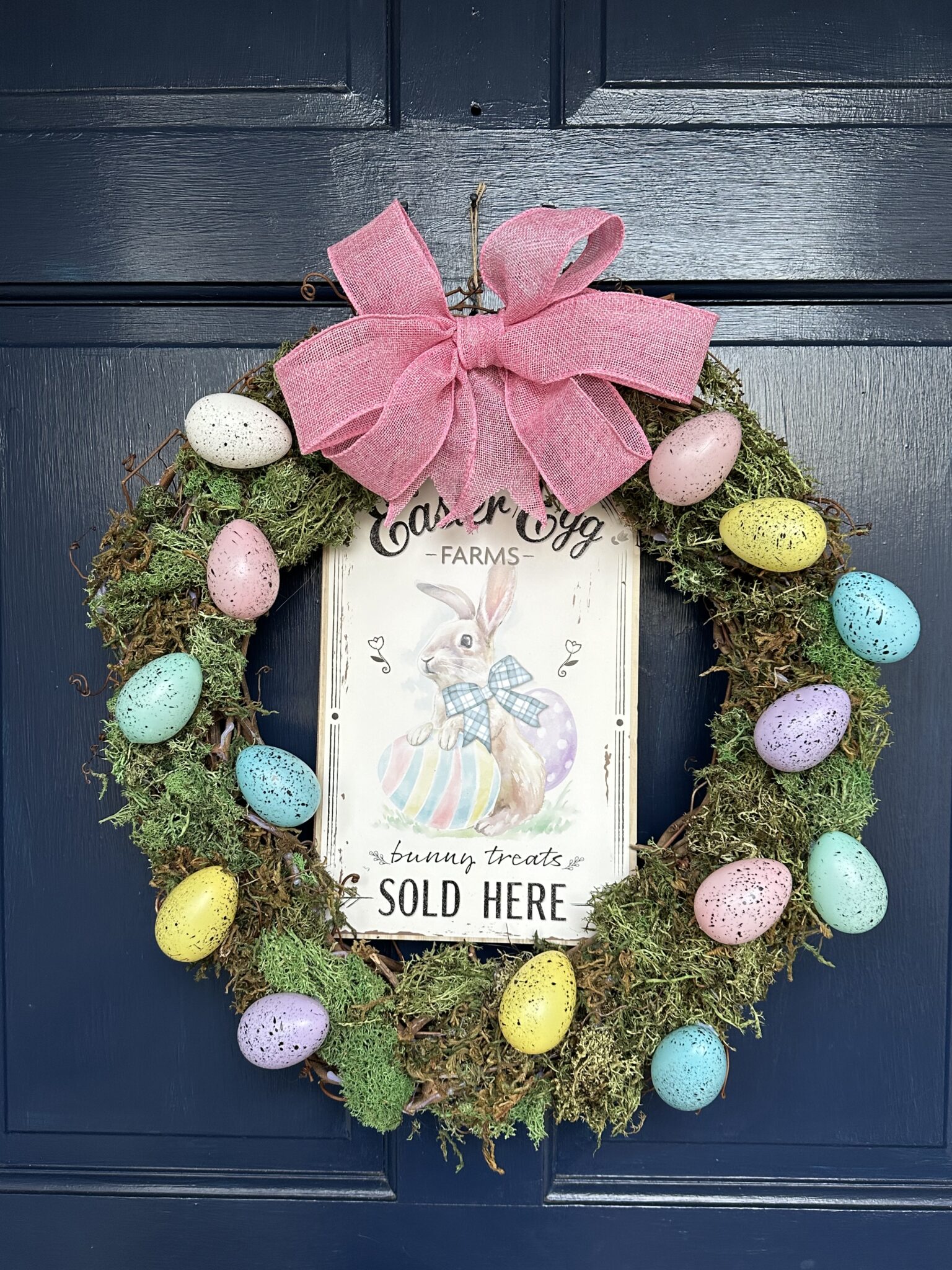This post may contain affiliate links.
More than half of all Americans admit to being concerned for their mental health. If you fall into that half, you might be seeking better ways to deal with stress and anxiety. A therapeutic hobby like quilting can take your mind off mental health issues. Learn how you can try quilt-making to increase your emotional and physical well-being.
There are numerous health benefits you can gain from a creative hobby. According to the Journal of Public Health, arts and crafts hobbies like quilting help people understand their problems, improve physical and mental functioning, and divert attention from pain and anxiety.
I have struggled with anxiety since childhood. As middle age approached, bouts of depression made me feel useless and unproductive. I knew I needed an effective way to deal with stress, but finding a solution that worked for me was difficult and frustrating.
Sewing clothing and home decor was already a part of my life, but it didn’t relieve stress. Then, I stumbled upon quilt-making. It was like a new world opened up for me. My first quilt was a beginner attempt to sew something that looked like a quilt. When I see it now, I laugh. But that first quilt was vital because it started me on the road to creativity, self-esteem, community, relaxation, and, ultimately, greater emotional well-being.
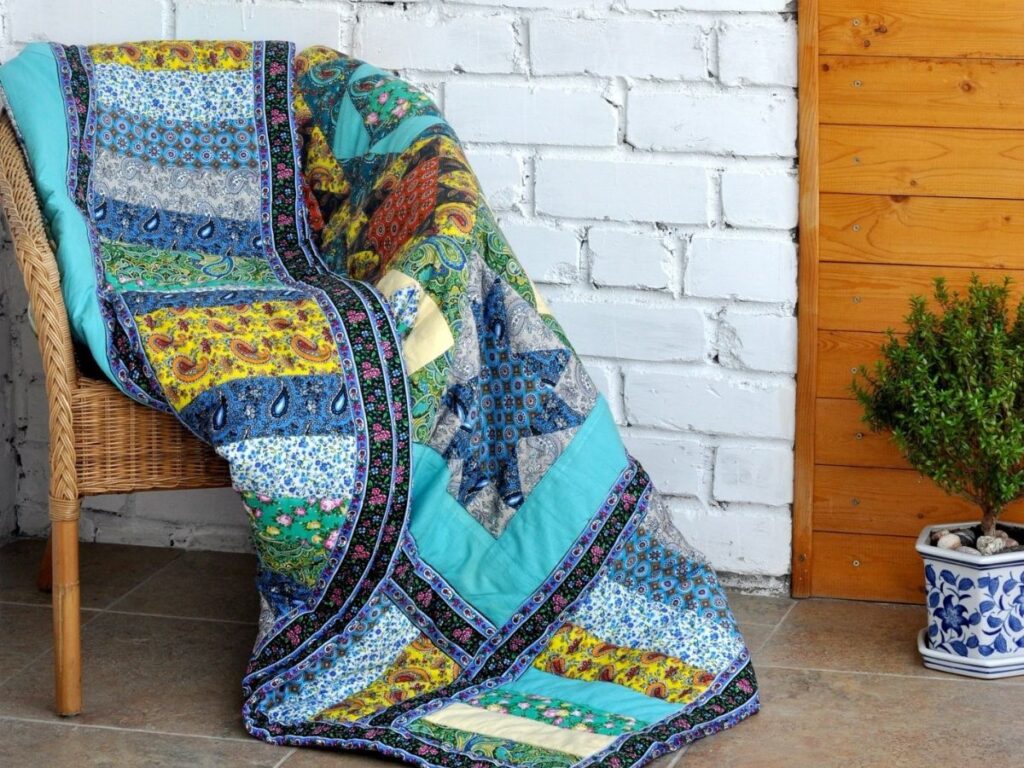
Quilting Releases Serotonin and Lowers Levels of Cortisol
The American Psychological Association suggests reducing stress through creative interests (such as sewing and quilting) increases serotonin in the body and brain. Serotonin promotes happiness, supports good sleep, and reduces anxiety.
Approximately 75% of participants’ cortisol levels (one of the most widely studied hormonal markers of stress) were lowered after making art, as found in another study by Utah State University.
Making quilts is an art form enjoyed by an estimated 10-12 million quiltmakers in the United States alone. These quilters have discovered the secret to wellness, less stress, and more happiness!
Quilt Making Lowers Blood Pressure and Reduces Physical Tension
Participating in activities you find creative and relaxing reduces stress and lowers blood pressure.
“When you focus on something that is not work-related, you give your mind something else to focus on that you find to be fun and enjoyable,” says Dr. Randy Cupps of South Denver Cardiology. He explains, “As a result, your blood pressure and hypertension lowers.”
Making a quilt consists of easy, repetitive movements like:
- Placing two pieces of fabric together
- Putting the fabric pieces under the foot of the sewing machine
- Using your foot to press the pedal and sew the seam
Most quilters I have spoken to report quilt piecing induces an almost trance-like relaxation. Some psychologists describe this feeling as flow. Worries fade away, the tactile experience of working with your hands soothes the nerves, and physical tension disappears.
If I compare the quilting experience with sewing a pillow or clothes, fitting and sewing a garment can be stressful, while piecing a quilt always makes me feel better. After all, a quilt always fits!
An enjoyable activity that distracts from worries and stress is a necessity. The key is finding a healthy distraction that contributes to personal development and fulfillment.
Some people call their spouses’ crafting or quilting an addiction. Still, I can think of plenty of worse habits: expensive cars, lottery tickets, and unhealthy substances, to name a few.

Quilting Strengthens Hand-Eye Coordination and Fine Motor Skills
Sewing hobbies, like quilting, often involve easy and repetitive processes with hidden benefits. Harvard Medical School includes sewing and knitting in its suggested activities to strengthen eye-hand coordination.
To piece a quilt, fine motor skills are needed to perform the same precise and repetitive movements described above. With each quilt you make, the process of quilting becomes easier. Continuing to sew and make quilts can help you retain fine motor skills as you age.
As I mentioned, one step in the quilt-making process is using your foot to make the sewing machine sew. This must mean quilting builds foot-eye coordination, too. I can argue quilting makes you a better driver!

Quilt-Making Boosts Self-Esteem by Helping Others
Learning new skills always boosts an individual’s self-esteem, but quilt-making is a hobby that also results in tangible items that can benefit individuals, families, and communities. Helping others gives us a sense of purpose and makes activities more meaningful. There is no better way to lift your mood than to make someone smile.
Barak Obama said, “The best way to not feel hopeless is to get up and do something. Don’t wait for good things to happen to you. If you go out and make some good things happen, you will fill the world with hope, and you will fill yourself with hope.”
Do you remember the fantastic feeling you last felt after helping someone or showing kindness? Quilters always get that feeling by gifting baby quilts, sending quilts to charities for veterans and refugees, or donating a raffle quilt to a local library or other worthy organization. As a bonus, they always have a meaningful birthday, housewarming, or wedding gift ready when those events sneak up on them.
One quilter named Mareen emailed me saying, “These three-yard quilt patterns are wonderful! I belong to a guild, and we do charity quits of all types and sizes. They get distributed to various shelters in our area: moms and their kids, vets, etc. These patterns will work up quickly and make someone very happy!”
Quilt-making is not just a hobby that makes a person feel better while creating it but also a productive use of time. Whether quilts are passed on to family members, acquaintances, or strangers, the love that comes with a quilt is always appreciated.
Self-Confidence Grows With Each New Quilt
A person’s self-confidence grows when they complete a project that requires setting and reaching smaller goals to achieve a larger plan. Positive Psychology reports, “Making progress towards personally meaningful goals is the scaffolding upon which healthy self-confidence is built.”
Making a quilt can be a large goal, but a good quilt pattern breaks this goal down into easy, manageable steps:
- Planning which fabrics to use
- Cutting out the pieces
- Piecing each quilt block
- Sewing the quilt blocks together to make the quilt top
- Quilting the quilt with batting and backing fabric
- Adding binding to the edges of the quilt
Beginner quilters regularly email me pictures of their first quilt. Their sense of accomplishment is so great they want to show their quilt to the person who designed the pattern.
Quilting Provides a Sense of Community
Quilt-making has brought women together for over a hundred years. Your grandmother or great-grandmother may have gathered around a quilt at a quilting bee to chat, gossip, share ideas, and build friendships, all while creating a needed bed covering for someone in the group.
Quilting bees are still going on, while modern quilters also gather at quilt guild meetings, workshops, retreats, festivals, quilting cruises, and at their local quilt shop for classes and events. They find camaraderie and belonging by showing their quilts, sharing ideas and tips, and being inspired together.
Having battled social anxiety, I used to fear going to a quilt shop or quilting event alone, but that feeling has long passed. I know wherever I find another quilter, I find a friend. What can you talk to another quilter about if nothing comes to mind? Fabric!
Often, when I’m in a quilt shop, other quilters ask me for color or fabric advice even though they have no idea I’m a quilt designer with hundreds of free quilt patterns they have probably already seen on the internet. We chat and discuss various options before parting as new friends.
Quilt shop owners and employees also love to discuss patterns and fabric designs. Ideas flow back and forth between quilters and workers, and everyone involved in the moment wants to go home and make a new quilt.
Quilt-making also increases a sense of belonging outside the quilting community. Quilt makers always give quilts away, which makes others feel cared for, and the quilter feels part of a larger community. Quilters often share their talents with others by teaching one-on-one or in a class or workshop. As a quilter does all these things, she feels connected with those around her.
Quilting Is Good for The Brain
Spending time on leisure activities that involve learning new things and developing new skills is essential. Henry Ford said, “Anyone who stops learning is old, whether at twenty or eighty. Anyone who keeps learning stays young.”
Like any other creative hobby or art form, quilt patterns are available for all skill levels. Hundreds of easy quilt patterns can be found online for free. You can find beginner quilting tutorials online for piecing, sandwiching your quilt (putting the quilt top, batting, and backing together), quilting, and binding a quilt. You can also learn quilt-making by taking an online course or a class at your local quilt shop.
After learning basic techniques, the opportunities for quilters to grow creatively are endless. You might discover you are passionate about intricate piecing, applique, collage quilting, or making art quilts.
After the quilt top is finished, there are endless options for quilting it, such as by hand or using straight line quilting, thread art, embroidery, free motion quilting, or special quilting rulers.
The benefits of quilting are no longer a secret. Quilters worldwide find better mental health, physical wellness, and happiness because of this relaxing activity. They use their free time more productively, develop strong friendships, and serve their communities. I can’t think of better reasons than these to make a quilt.
This article originally appeared on Wealth of Geeks.
Caroline Fairbanks-Critchfield
Caroline Fairbanks-Critchfield is the sewist, quilter, and pattern designer behind SewCanShe. Having battled anxiety and depression herself, she is committed to helping others find fulfillment and happiness through sewing. She is the author of "Crafty Little Things to Sew," and "Just for You: Selfish Sewing," and has been featured on It's Sew Easy TV, in Quiltmakers 100 Blocks, Homespun, and McCall's Quilting.

